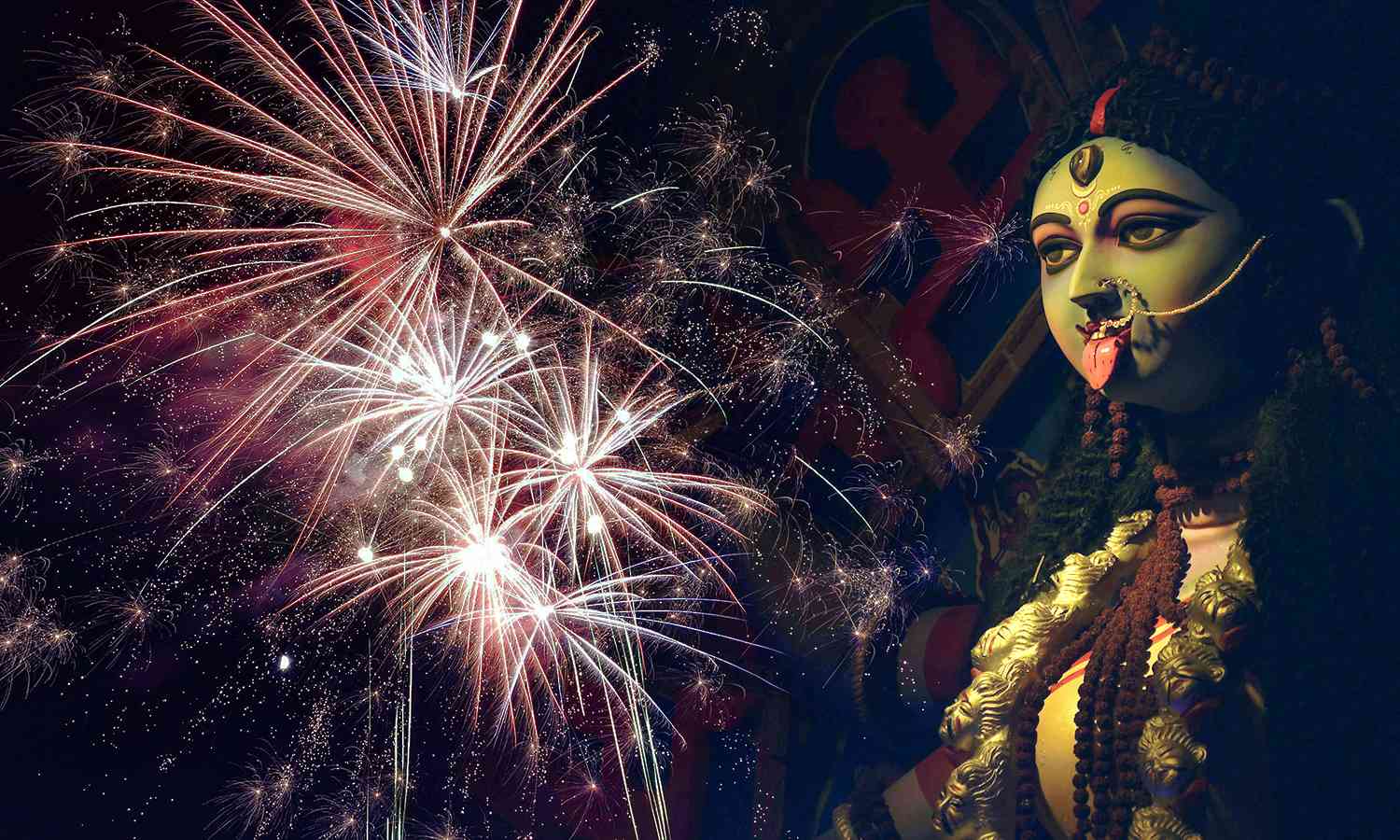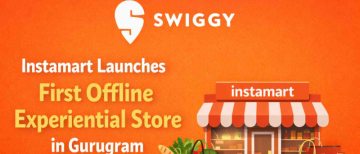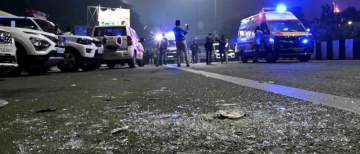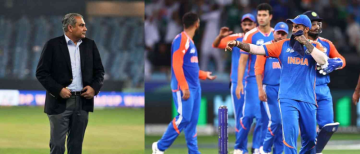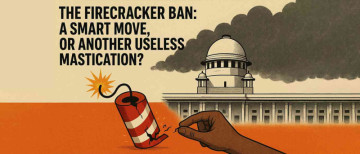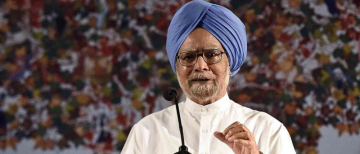Epilogue:
Seldom does a festival overlap two opposing ideologies together, the way Diwali does. In one instance it is the celebration of Ram’s homecoming. On the other, it’s the night to rejoice the dark mother, celebrating the darkest Amavasya, asking her to love us from a distance. One is a celebration of light, prosperity & fireworks; another is the celebration of the one who destroys a whole age of men. But we hardly speak about this bizarre polarity of one the biggest festivals for us Indians - a festival that swings wildly between the patriarchal nature of Ram-based Diwali & the matriarchal Kali worship.
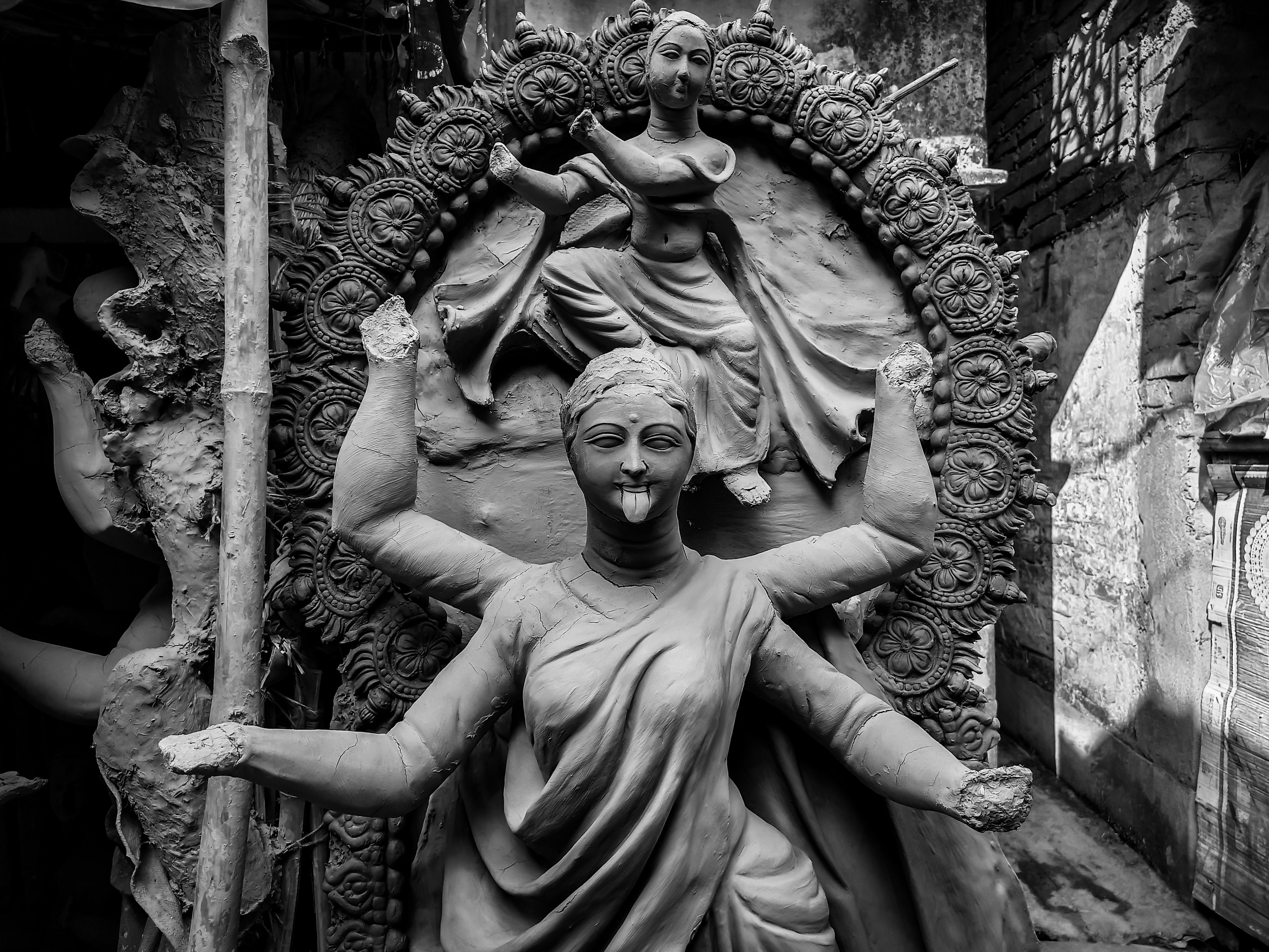
Coexisting Contrasts
In the rich mosaic of Indian festivals, the celebrations of Kali Puja in Kolkata and the Ram-based Diwali in North India emerge as distinct brushstrokes, each painting a unique cultural tableau.
Beyond the religious narratives, these festivals mirror the social dichotomies embedded in the diverse fabric of India. Let's explore how the Matriarchal Celebration of Kali differs from the North Indian Ram-centric Diwali, not only in religious practices but also in social dimensions.
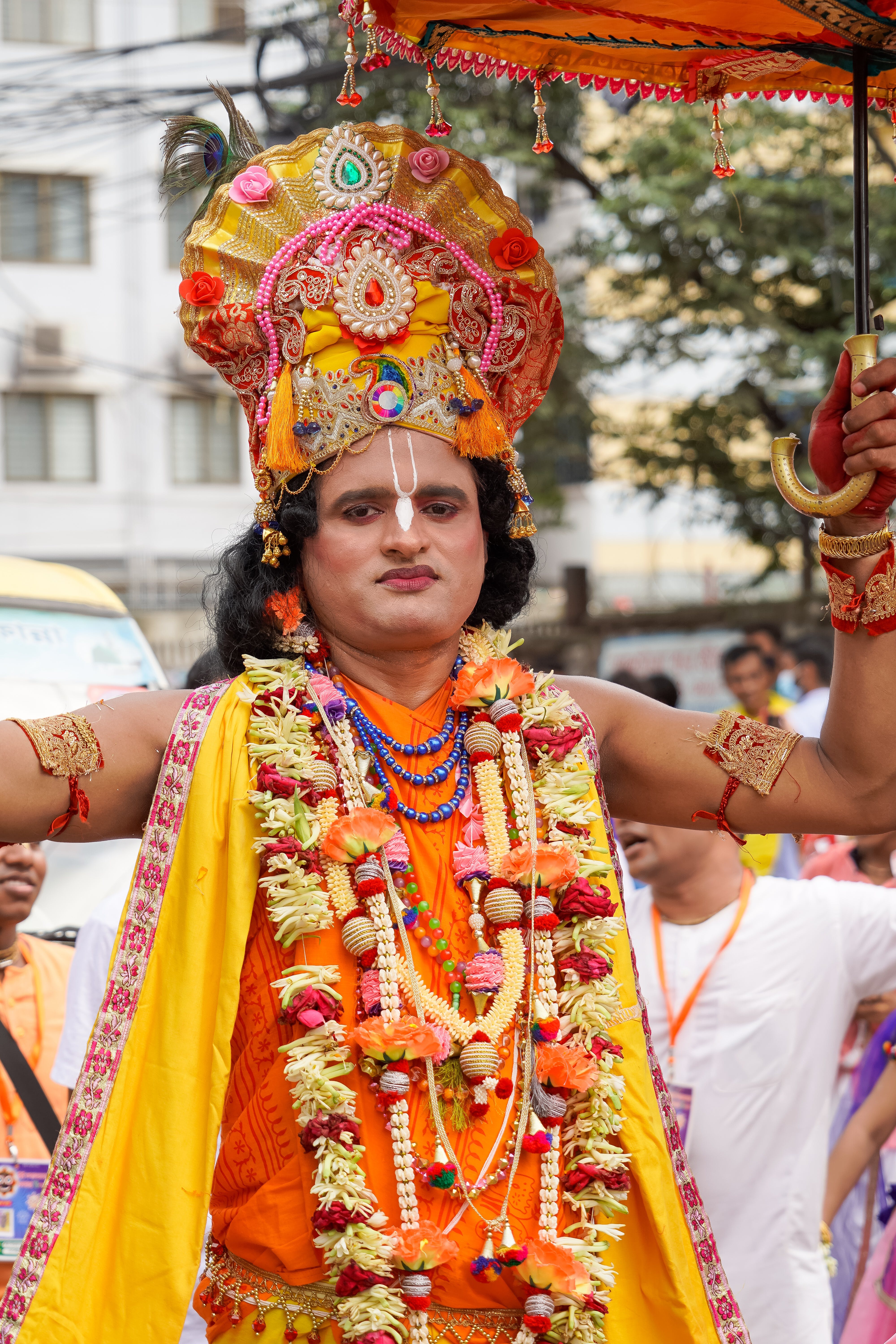
Social Hierarchies and Gender Dynamics
Kali Puja, with its emphasis on the formidable goddess Kali, challenges traditional gender roles. The celebration amongst Bengali folks often becomes a platform for questioning and redefining societal norms related to femininity and power. In contrast, the Ram-based Diwali in North India, while celebrating the return of Lord Ram, tends to align more with conventional patriarchal structures. The juxtaposition of these festivals reflects the ongoing dialogue about gender roles within the diverse social contexts of India.
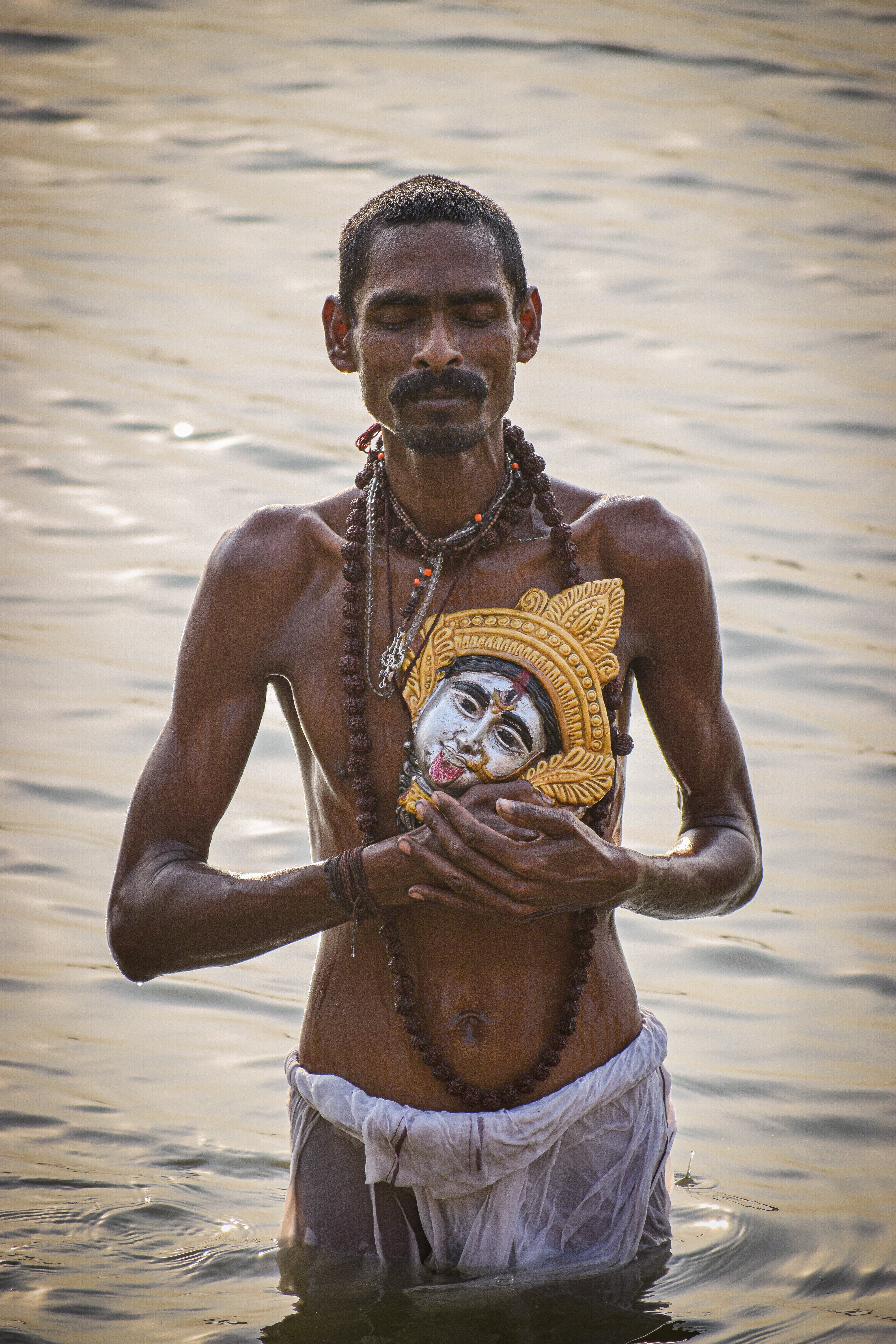
Economic Disparities and Extravagance
Kolkata's Kali Puja, rooted in community spirit, often brings together people from diverse economic backgrounds. The pandals, though artistically elaborate, may not necessarily reflect opulence. In North India, especially in urban centres, Diwali sometimes transforms into a spectacle of affluence, with extravagant light displays and firework shows. The social contrast in the economic dimensions of these festivals hints at the broader economic disparities prevalent in different regions of the country.
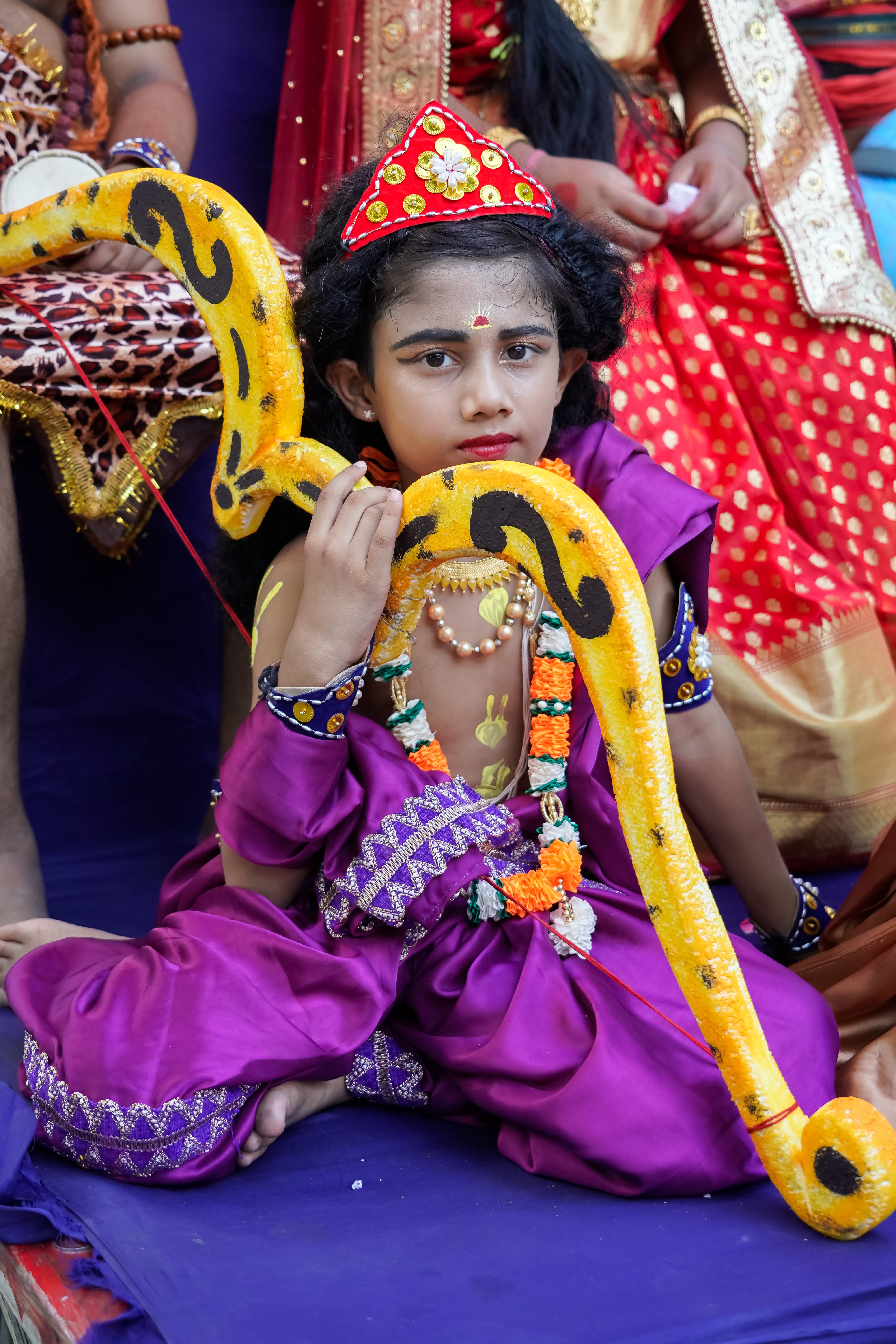
Urban vs. Rural Dynamics
The celebration of Kali Puja in Kolkata often has a strong urban flavour, with city dwellers participating in cultural events, art exhibitions, and pandal hopping. On the contrary, Diwali in North India retains a connection to rural traditions, with many celebrations reflecting agrarian themes and practices. This urban-rural divide in the expression of festivities sheds light on the evolving dynamics between tradition and modernity in distinct regional settings.
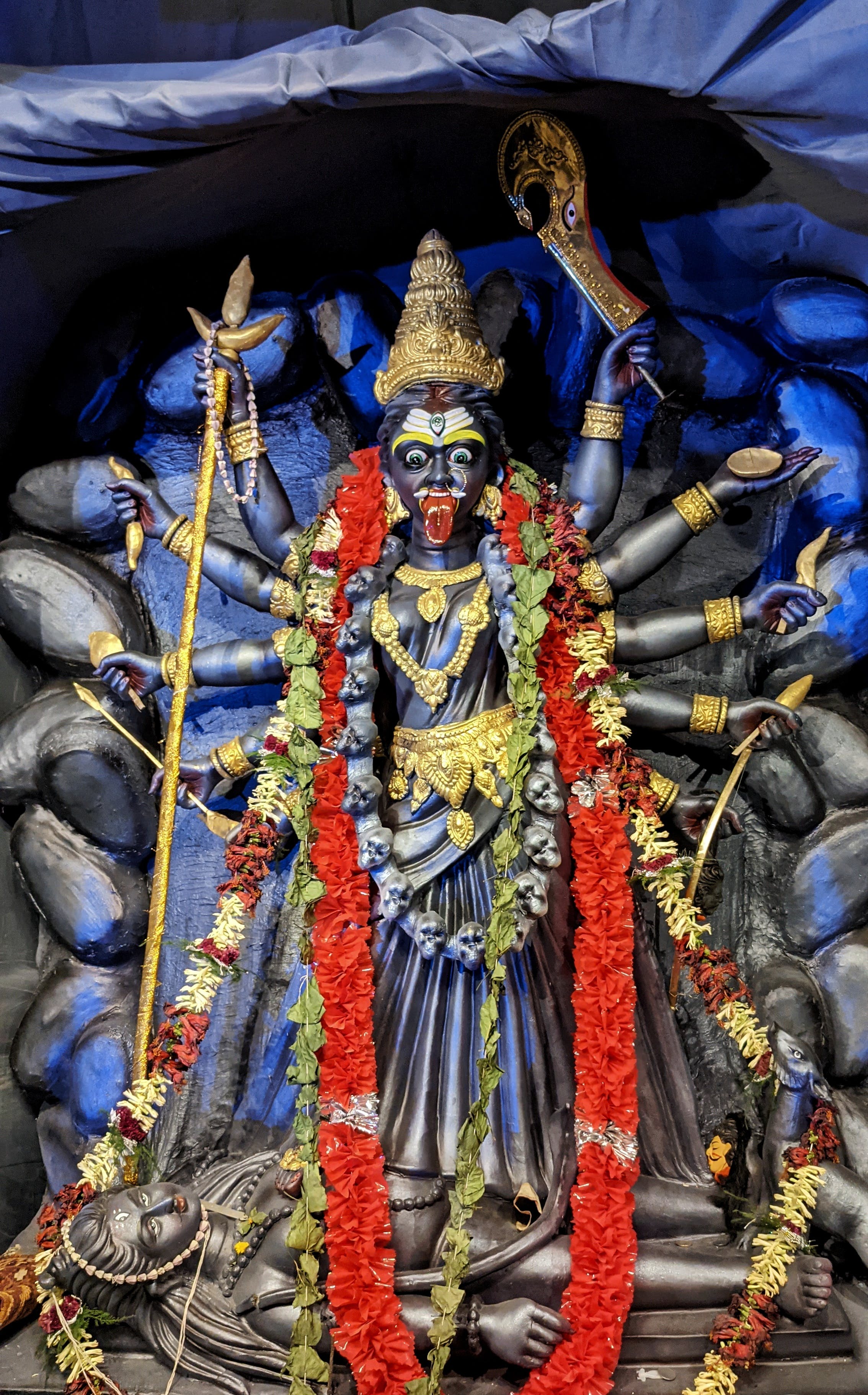
Inclusivity and Community Participation:
Kolkata's Kali Puja, with its community-driven approach, fosters a sense of inclusivity. People from various backgrounds come together to celebrate, breaking down social barriers. In North India, the familial focus of Diwali sometimes reinforces social boundaries, with celebrations centred around family units. The social dichotomy here highlights the tension between communal inclusivity and the preservation of traditional family structures.
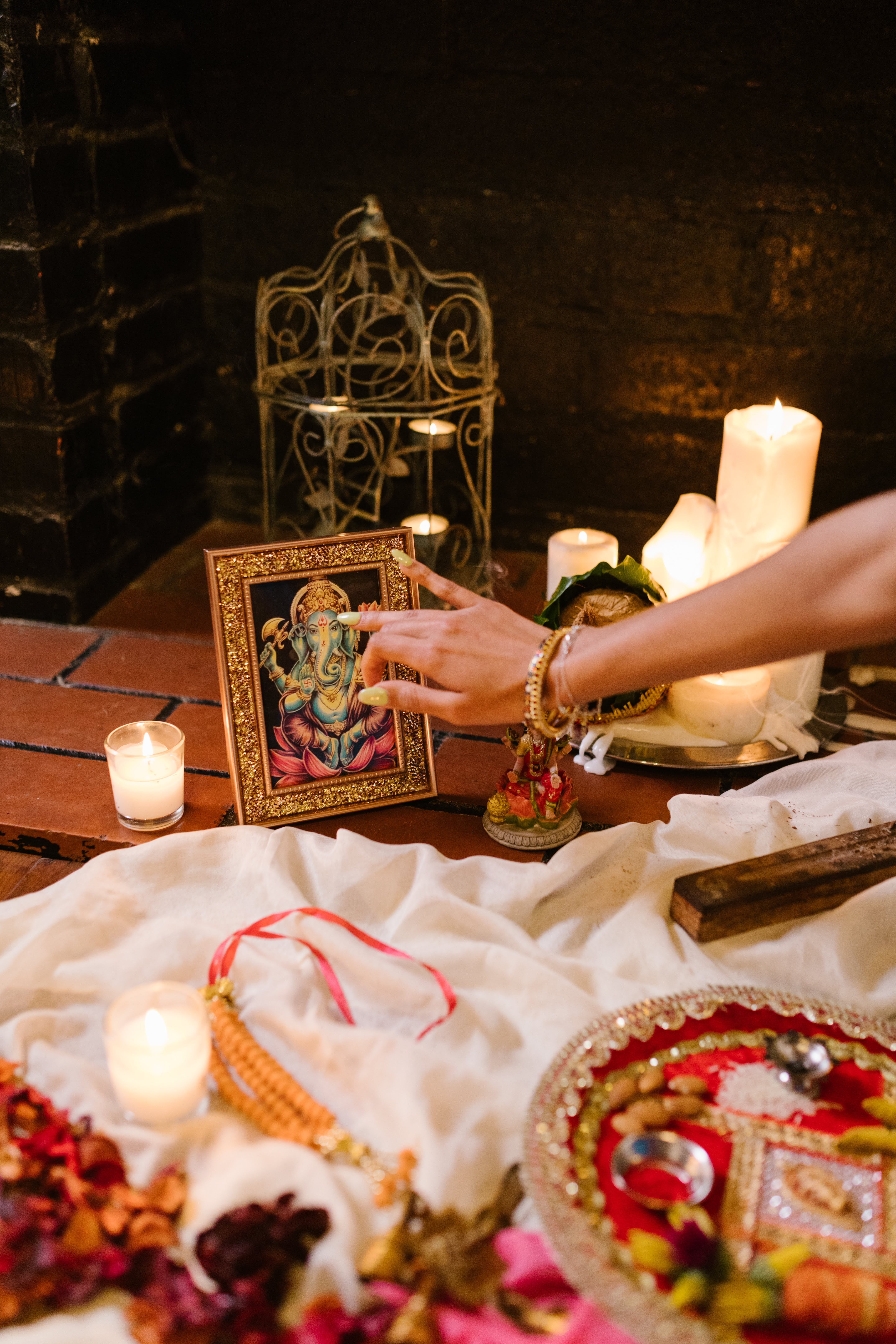
In essence, the celebrations of Kali Puja in Kolkata and the Ram-based Diwali in North India not only reflect religious diversity but also serve as mirrors reflecting the intricate social tapestry of India. The festivals, with their unique expressions and social nuances, underscore the ongoing dialogue between tradition and change, unity and diversity, and the myriad social dynamics that shape the cultural identity of the nation.
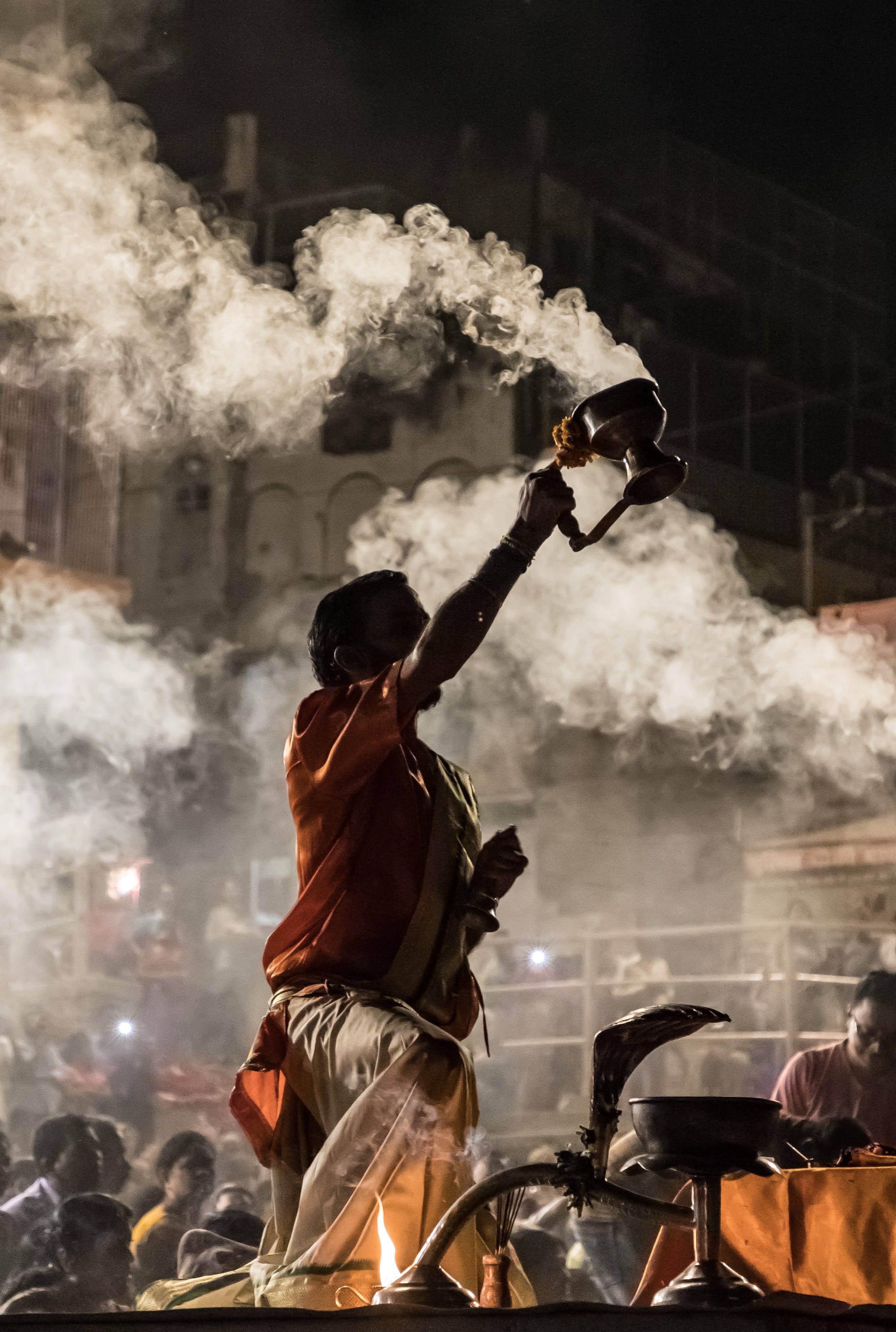
© Copyright 2023. All Rights Reserved Powered by Vygr Media.

